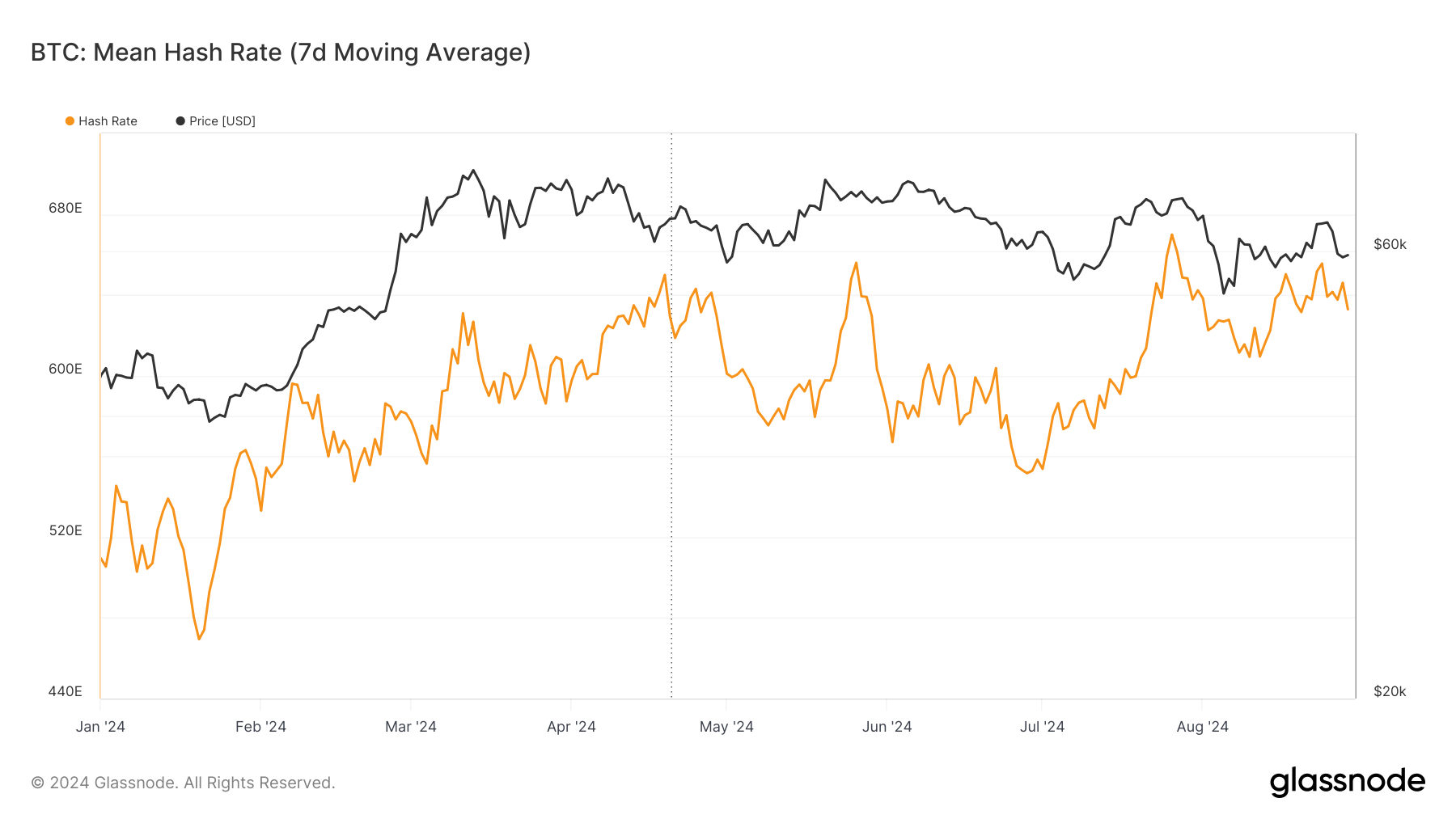
Key Takeaways:
- According to its earnings report, Tether holds over $1.5 billion in BTC.
- However, it could have more than one wallet and stash additional BTC.
- The codependence could be both beneficial and dangerous.
YEREVAN (CoinChapter.com) — Tether, the platform behind the largest stablecoin USDT, has now acquired over $1.5 billion Bitcoin to back up its reserve, according to the Q2 earnings report, making it the 11th largest BTC holder, or, in other words, a major whale.
Tether is a Bitcoin whale.
Notably, Tether hasn’t officially disclosed its Bitcoin addresses. However, Tom Wan, a research analyst at 21.co, said he discovered an address that potentially belongs to Tether, and it currently holds about 55,022 bitcoins worth around $1.6 billion.
Wan says it is the only wallet to match Tether’s description.
Meanwhile, there were no BTC holdings in the company’s Q4 2022 report, but the wallet had started accumulating at that time already.
The on-chain data provider CryptoQuant argued that the mentioned BTC wallet might not be the only one Tether holds. If not, its influence over the flagship crypto exceeds the disclosed $1.5 billion. Also, the platform warned about miscalculations when marking wallets as whales.
There’s a possibility of missing the labels of “wallets on exchanges” and classifying them as whales when they are actually internal wallets. We must be careful about the problems with this approach or the interpretation of the results.
said CryptoQuant.
Will USDT fall if the BTC price slides?
As mentioned, USDT is the largest stablecoin on the market, with a $83.4 billion market cap, after a 26% year-to-date increase, possibly due to regulatory scrutiny toward the altcoin market.
True, should BTC fall, it could expose Tether to more volatility. Meanwhile, Tether is the backbone of the stablecoin market, dominating over 66% of the sector worth $125.6 billion. Should Tether go down, DeFi could crumble. And, vice versa, if Tether dumps any of its Bitcoin holdings in bulk, it could trigger a selloff.
However, the stablecoin backed its reserves with Bitcoin and cash deposits, US Treasury bills, and Money Market funds listed in the earnings report. Thus, come a market downturn, Tether is more likely to sell its low-volatility assets than BTC reserves.
Meanwhile, holding large amounts of Bitcoin could expose USDT to additional volatility. For example, another known Bitcoin whale, business intelligence firm MicroStrategy, has been largely influenced by the crypto’s fluctuations, up to possible bankruptcy during the crypto market plunge in 2022.
Bitcoin price might see more pain in the coming months due to the liquidity crunch in the US and the continuous recession threat. However, given Tether’s resilience against recent market turbulence, USDT might not feel the sting.



